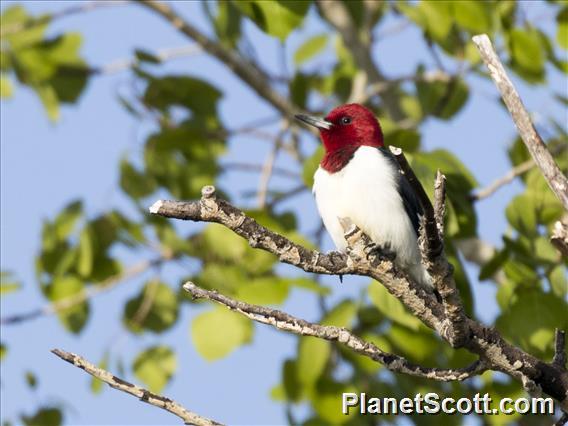Red-headed Woodpecker (Melanerpes erythrocephalus)

Red-headed Woodpecker (Melanerpes erythrocephalus)

Red-headed Woodpecker (Melanerpes erythrocephalus)


×



Red-headed Woodpecker (Melanerpes erythrocephalus)

Red-headed Woodpecker (Melanerpes erythrocephalus)
About Red-headed Woodpecker (Melanerpes erythrocephalus)
- Kingdom: Animals
- Phylum: Chordates
- Class: Birds
- Order: Woodpeckers, Barbets, Toucans, and Puffbirds
- Family: Piculets and Woodpeckers
The red-headed woodpecker is a mid-sized woodpecker found in temperate North America. Its breeding habitat is open country across southern Canada and the east-central United States. It is rated as least concern on the International Union for Conservation of Nature (IUCN)'s Red List of Endangered species, having been down-listed from near threatened in 2018.
Source: Wikipedia
Lifelists
Trips
Visits
-
-
2010-06-26
Nelson Lake Forest Preserve, United States of America -
2011-07-11
Ocala National Forest, United States of America -
2012-06-01
Higgins Lake, United States of America -
-
2012-07-08
Necedah NWR, United States of America -
-
-
-





